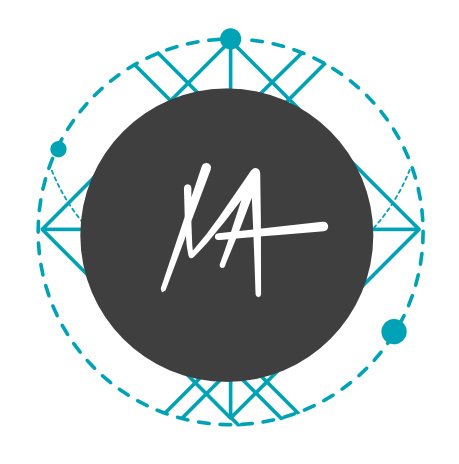 Curriculum design is the process of “mapping” out what we want to teach and clarifying the goals, objectives, and outcomes for our learners.
Curriculum design is the process of “mapping” out what we want to teach and clarifying the goals, objectives, and outcomes for our learners.
Knowing how these elements fit together in relationship to each other and create the foundational principles of our learning project optimizes learning and teaching.
The Yoga of Patanjali teaches that in order to see clearly we must remove the dust and dirt from our perception and begin to separate the constructive from the non-constructive aspects of the mind.
So what do yoga and curriculum design have to do with each other, you ask?
First, learning to separate the constructive and non-constructive aspects of the mind is a powerful preparation to curriculum and learning design work. This allows us greater perspective in considering the elements of our curriculum.
In yoga and other mindfulness-based practices, practitioners exercise the “muscle” of observation and non-attachment to untangle our thoughts and bring greater clarity to our lives.
This muscle is helpful in curriculum design specifically because it:
- Separates “us” from our “content.”
- Clarifies the “helpful” from the “non-helpful” elements of our curriculum
- Identifies the key actions successful learners take
- Considers the breadth of the journey
- Enables us choose well
Basically, it helps us get out of our own way and see the content as our learner will see it so that we can plan and deliver it in a way that will most benefit our learner.
While you don’t have to be a yogi to benefit from my Curriculum Catalyst Create process- it does help!
If you are new to yoga and meditation, here are a couple of great resources (with some of my favorite people!) to get started:
- 10-Minute Prep to Gather Your Mind for Meditation with Brooke Sullivan of The Wild Temple School of Yoga and Herbal Wisdom
- 5 Poses to Prepare for Meditation with Sarah Hutchinson
- If you’re deepening your practice and ready for something really juicy, check out: Guided Meditation with Mary Bruce
Cheers to the yoga of curriculum creation in action!
